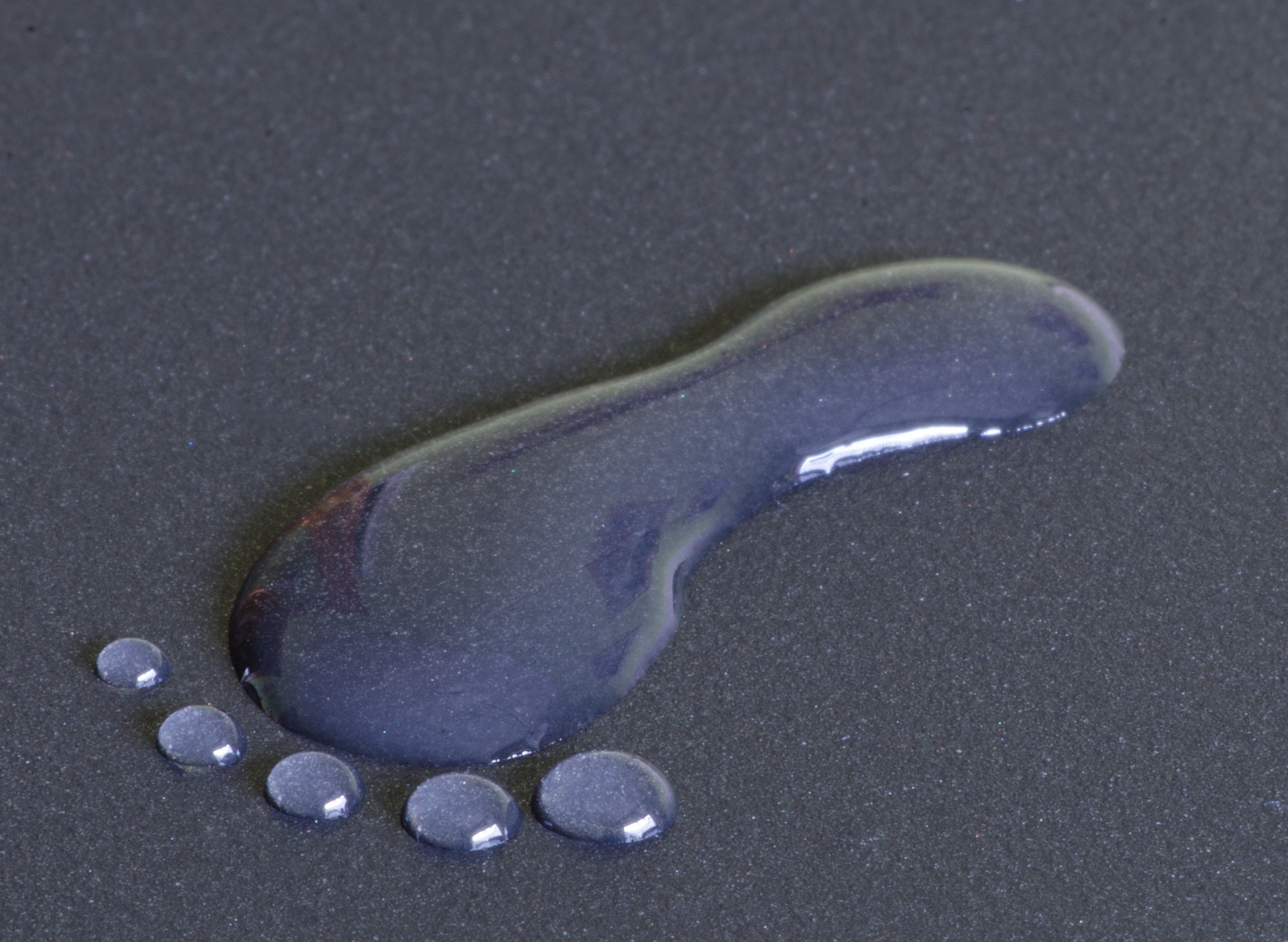Nail fungus is a quite common infection of the nail.
Usually it begins as a yellowish-brown or white spot under the tip of your fingernail or toenail. As the fungal infection goes deeper, the nail may thicken, discolor, and crumble at the edges. It can even lift off the nail bed entirely.
Nail fungus is not limited to one nail but can spread to several or all nails.
If your condition is not harsh and does not affect you in your daily life, you may not even need treatment. However, if your nail fungus is causing you pain and your nails have thickened and even crumbled, medications and certain selfcare steps may help you. Be warned though, treatment of nail fungus can take a very long time and even if it is successful, the nail fungus may come back.
Nail fungus is also called onychomycosis. When fungus infects the areas between your toes and the skin of your feet, it’s called athlete’s foot (tinea pedis).
WHAT CAUSES NAIL FUNGUS?
A fungal nail infection is caused by tiny, microscopic organisms, which are called “fungi” – the plural of “fungus”. They can get into the nail when you have a crack in your nail or a cut in the skin surrounding the nail.
Often, the fungi is picked up via skin-to-skin contact when one person has a fungal infection, e.g., athlete’s foot.
Since fungi absolutely thrive in moist, warm surroundings, walking barefoot in pool areas or locker rooms can cause a fungal infection as well.
In this sense: Please never share towels, nail clippers or files as they can transfer an infection also.
Another scenario concerning catching a fungal nail infection: Your nails are constantly moist or you wear sweaty socks and shoes.
WHO CAN GET NAIL FUNGUS?
Basically, anyone and everyone can catch a nail fungus infection, however, some people have a higher risk than others.
The main factors here are age, health, and even the lifestyle one leads.
The risk of getting a nail fungus infection gets higher the older someone is. At the same time, children usually do not have nail fungus and it is virtually non-existant in children under the age of 6.
Another risk is the climate you live in – when you reside in a hot, humid part of the world, naturally you are more at risk of catching an infection.
Your health plays an important role as well. The risk of catching nail fungus is higher if you suffer from one of the following:
– Poor circulation
– Weakened immune system
– Cancer and getting chemotherapy
– Diabetes
– Trauma
– Injured nail and/or nail surgery
– Psoriasis
– Athlete’s foot
– Other skin infections
Concerning your lifestyle, certain factors may play a role for a nail fungus infection. Watch out for:
– Smoking
– Wearing plastic gloves regularly
– Spending a lot of time walking in hot, wet/humid environments
– Spending lots of time in water
– Wearing tight, toe-closed shoes, especially when you suffer from sweaty feet
– Getting your hands and feet wet a lot throughout the day
– Known nail fungus infections in your family
HOW IS A NAIL FUNGUS INFECTION DIAGNOSED?
Your GP should make sure to confirm your diagnosis by using laboratory testing before any antifungal treatment is prescribed.
To confirm the diagnosis, the GP may collect a nail clipping to check under a microscope or to send to a laboratory for testing.
HOW IS NAIL FUNGUS TREATED?
Nail fungus can be very difficult to cure entirely. To ensure best results, treatment should be started early on, especially since nail fungus infections generally do not go away on their own.
The best treatment is usually the prescription of antifungal pills taken by mouth combined with a special ointment to apply directly on to the nails.
In severe cases, a GP may have to remove the nail entirely.
It can take several months to a year for the infection to go away but even after extensive treatment, nail fungus infections can come back. If you suspect that an infection has returned, contact your GP immediately.
Coming to a close…
WE ALREADY TALKED EXTENSIVELY ABOUT NAIL FUNGUS, HOWEVER, WHO WOULD HAVE THOUGHT SOMETHING SO COMMON, LIKE USING THIS EVERYDAY SPICE ON YOUR FOOD…
Could actually make your nail fungus grow even worse?
While studies warn that 94% of Americans are overusing this white apparently harmless ingredient (and no, it’s not sugar!)…
More and more people risk a full-blown fungus infection if they don’t take action fast.
Visit the link below to find out all about it:
